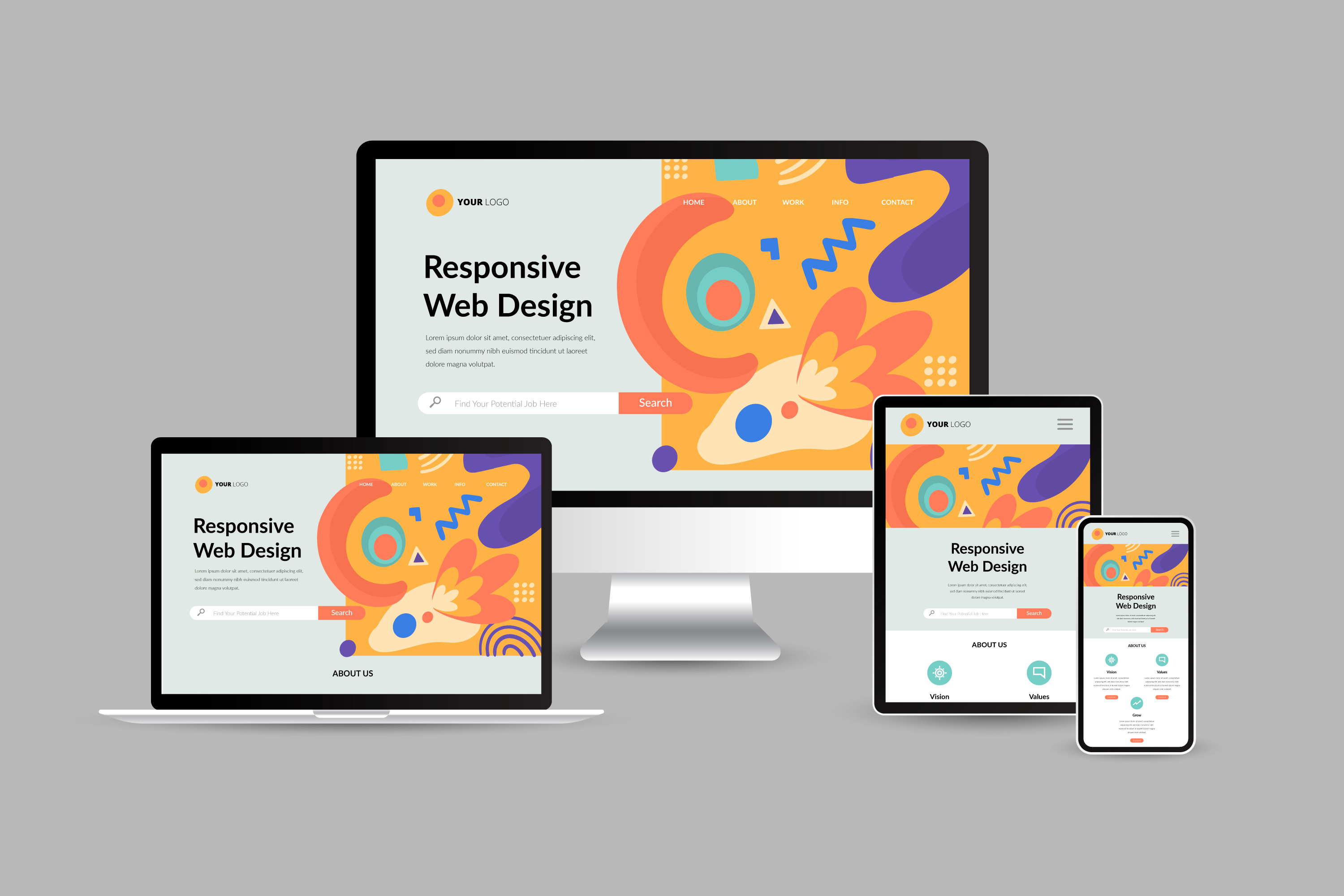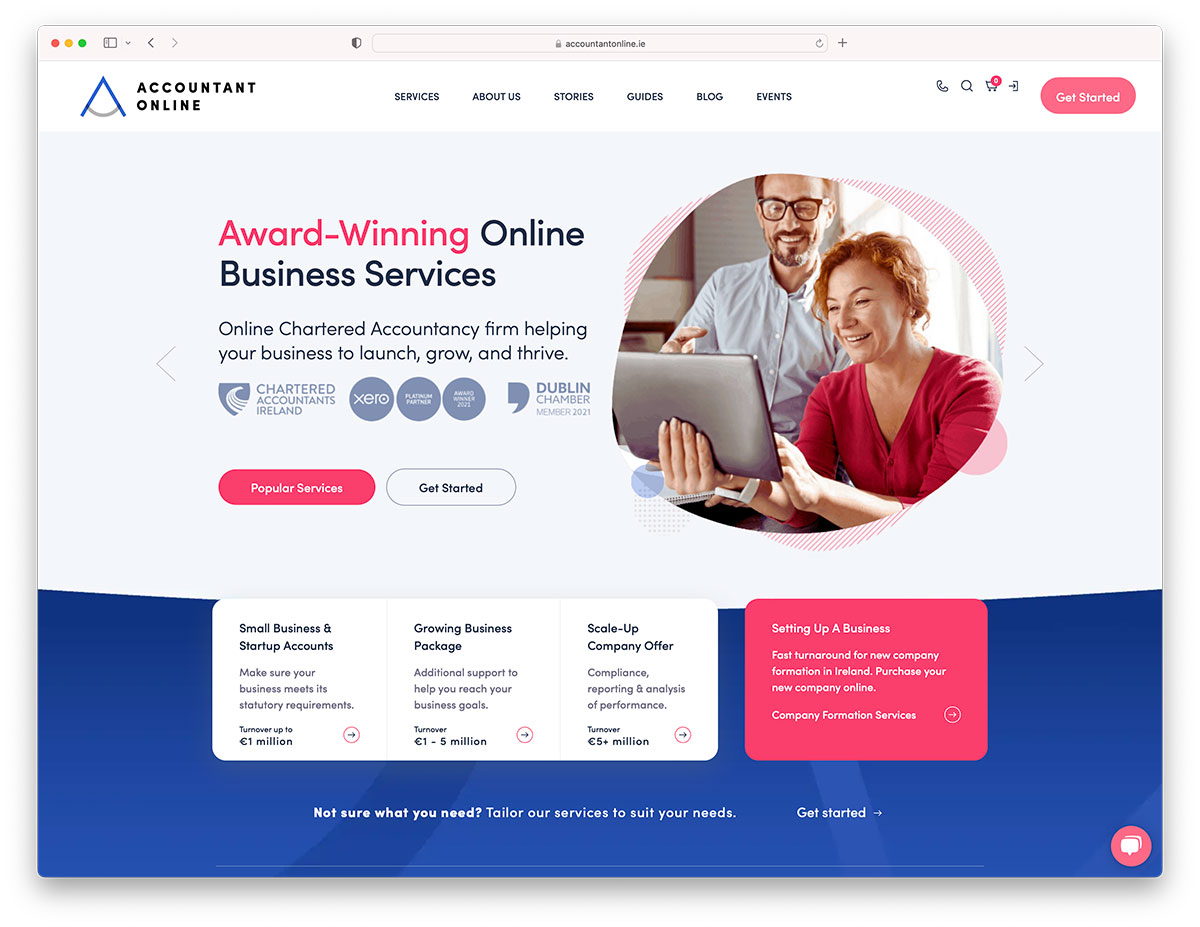The Ultimate Overview to Achieving Effective Website Design for Organizations
The Ultimate Overview to Achieving Effective Website Design for Organizations
Blog Article

Crafting a User-Friendly Experience: Essential Components of Efficient Site Style
Vital aspects such as a clear navigating structure, responsive layout principles, and quickly packing times serve as the foundation for engaging users properly. Recognizing the underlying factors that add to reliable layout can shed light on just how to enhance user complete satisfaction and interaction.
Clear Navigating Structure
A clear navigating framework is essential to reliable website style, as it straight affects user experience and engagement. Customers ought to have the ability to find information easily, as user-friendly navigating lowers aggravation and urges expedition. An efficient design allows site visitors to comprehend the partnership in between various web pages and material, resulting in longer site gos to and boosted communication.
To attain clarity, developers ought to utilize acquainted patterns, such as side or top navigating bars, dropdown food selections, and breadcrumb trails. These aspects not only improve use yet additionally provide a sense of orientation within the website. Furthermore, keeping a regular navigating framework across all pages is critical; this familiarity aids individuals prepare for where to locate desired information.
It is also necessary to limit the variety of food selection things to prevent overwhelming users. Focusing on one of the most important sections and employing clear labeling will assist visitors successfully. Additionally, incorporating search capability can additionally assist customers in locating particular content promptly (website design). In recap, a clear navigation structure is not simply a layout option; it is a strategic component that considerably impacts the general success of a web site by cultivating a satisfying and effective user experience.
Responsive Design Principles
Effective web site navigating sets the phase for a smooth individual experience, which comes to be also much more essential in the context of receptive style concepts. Receptive style guarantees that websites adapt fluidly to various display sizes and alignments, enhancing access across devices. This flexibility is achieved via flexible grid formats, scalable pictures, and media queries that enable CSS to adjust designs based upon the device's qualities.
Key concepts of receptive layout include liquid designs that utilize percents instead than repaired devices, guaranteeing that components resize proportionately. In addition, utilizing breakpoints in CSS makes it possible for the design to transition efficiently between various tool dimensions, enhancing the design for each and every display kind. Using responsive photos is likewise vital; pictures need to instantly adjust to fit the screen without shedding quality or causing format changes.
Moreover, touch-friendly user interfaces are essential for mobile customers, with appropriately sized buttons and user-friendly gestures improving individual communication. By incorporating these principles, designers can create websites that not just look cosmetically pleasing however additionally provide functional and interesting experiences throughout all devices. Ultimately, efficient responsive design promotes user satisfaction, reduces bounce rates, and encourages longer engagement with the content.
Fast Loading Times
While users increasingly expect websites to pack promptly, quick filling times are not simply a matter of comfort; they are vital for keeping visitors and improving general user experience. Research study shows that users usually abandon web sites that take longer than three secs to tons. This desertion can cause raised bounce rates and decreased conversions, eventually hurting a brand name's reputation and profits.
Quick packing times enhance customer engagement news and complete satisfaction, as site visitors are most likely to explore a website that reacts swiftly to their communications. In addition, online search engine like Google focus on find out rate in their ranking algorithms, implying that a slow internet site might struggle to accomplish presence in search engine result.

Intuitive User Interface
Quick filling times lay the foundation for an interesting online experience, yet they are just part of the formula. An user-friendly interface (UI) is important to ensure visitors can navigate a web site easily. A properly designed UI enables users to accomplish their purposes with very little cognitive tons, promoting a smooth interaction with the website.
Crucial element of an user-friendly UI include consistent format, clear navigation, and identifiable symbols. Consistency in style components-- such as color pattern, typography, and button styles-- assists customers recognize how to interact with the website. Clear navigating frameworks, consisting of sensible menus and breadcrumb trails, enable users to discover information swiftly, lowering aggravation and boosting retention.
In addition, comments systems, such as hover effects and filling indications, notify customers about their actions and the web site's feedback. This transparency grows trust fund and motivates continued involvement. Focusing on mobile responsiveness makes certain that individuals appreciate a cohesive experience throughout gadgets, providing to the varied methods target markets accessibility web content.
Easily Accessible Material Guidelines
First, make published here use of clear and straightforward language, avoiding lingo that might confuse readers. Emphasize appropriate heading frameworks, which not only help in navigating yet additionally aid screen viewers in interpreting content pecking orders successfully. In addition, supply alternative message for pictures to convey their definition to individuals that rely upon assistive technologies.
Contrast is another important aspect; guarantee that message attracts attention versus the history to boost readability. Make certain that video clip and audio content consists of records and subtitles, making multimedia accessible to those with hearing impairments.
Finally, integrate key-board navigability right into your style, enabling customers that can not make use of a mouse to accessibility all website attributes (website design). By sticking to these obtainable material standards, internet designers can develop inclusive experiences that deal with the needs of all users, ultimately boosting individual interaction and contentment
Conclusion
To conclude, the assimilation of necessary components such as a clear navigation structure, receptive design principles, quickly packing times, an intuitive interface, and easily accessible material guidelines is essential for creating an user-friendly internet site experience. These components jointly enhance functionality and engagement, guaranteeing that individuals can effortlessly navigate and communicate with the site. Prioritizing these design aspects not just improves general contentment yet also fosters inclusivity, suiting varied customer needs and preferences in the electronic landscape.
A clear navigating framework is essential to effective website layout, as it directly influences individual experience and engagement. In summary, a clear navigation structure is not merely a layout selection; it is a calculated component that considerably influences the total success of an internet site by cultivating a satisfying and reliable individual experience.
Furthermore, touch-friendly interfaces are vital for mobile individuals, with effectively sized switches and user-friendly gestures enhancing individual communication.While individuals significantly anticipate sites to pack promptly, quickly loading times are not simply a matter of benefit; they are vital for preserving site visitors and boosting general individual experience. website design.In final thought, the assimilation of necessary components such as a clear navigating structure, responsive design concepts, quickly packing times, an user-friendly user interface, and accessible web content standards is important for producing an easy to use website experience
Report this page